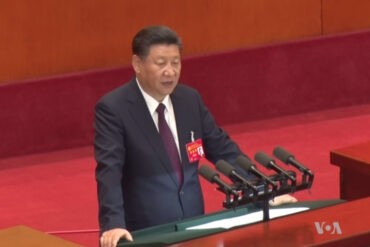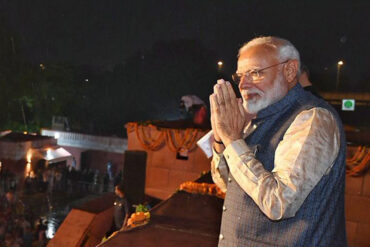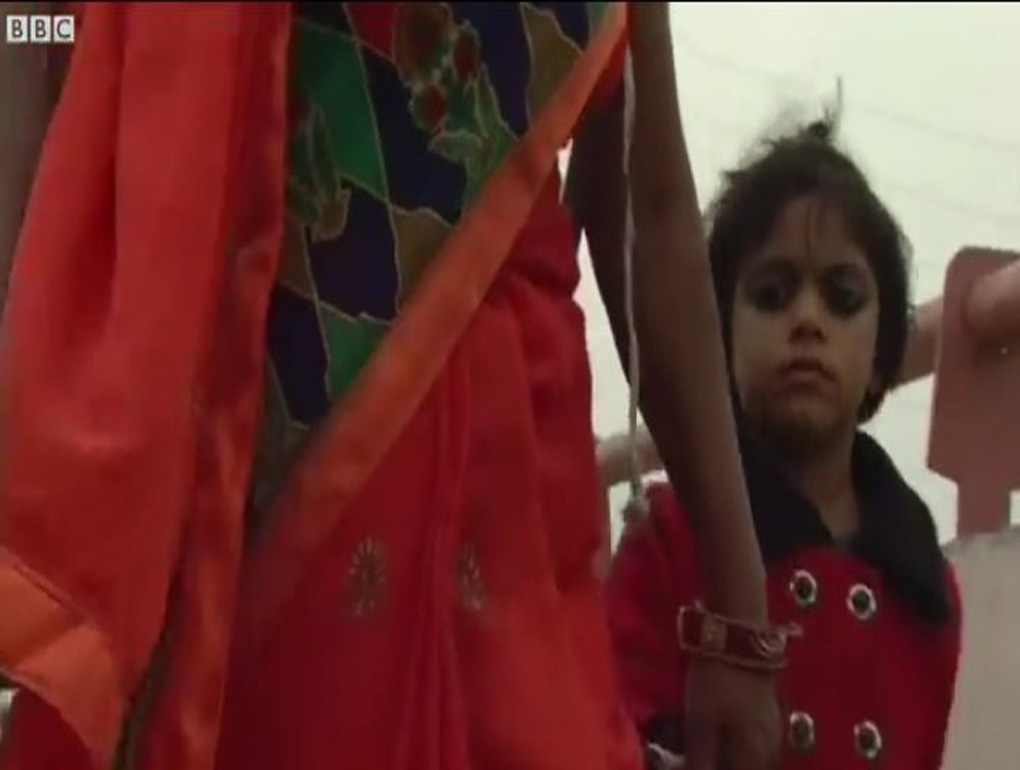A woman barely in her twenties walks on the highway, pulling the end of the sari over her mouth, even as she carries a child and another one walks alongside her. She smiles coyly at the camera and then walks on.
What does the camera or the person behind the camera seek to do in this case? Merely titillate our senses reducing the moment to a pornography of suffering, where the viewer, that is we, takes it as one more image of a migrant worker on her uncertain journey? Or does the image invite us to delve deeper than our sensory perception would allow? That is, it asks us to dwell on the image, expand our imagination, and summon us to do something that is not immediately reducible to a resolution.
If we were to dwell on it, we could respond by blaming the government that has subjected the migrant workers to such an inhuman plight. We could hold responsible reckless economic policies that have never allowed migrant workers to have a say in matters affecting their own lives. In each of these cases, the fault tends to be attributed to an abstract institutional mechanism.
We could easily impute the task of setting the wrongs of Covid-19 induced lockdown right by looking to economists, policymakers, and healthcare workers. But then human beings are at the heart of the crisis. They are not merely abstract, self-centered individuals driven by a desire to maximize their gains in life. They are not passive numbers whose life could be improved with economic or policy stimulus alone.
The image also tests our capacity for compassion and empathy with fellow humans. However, that is a difficult task. Compassion and empathy are not necessarily inborn human traits. They are as much learnt as loving one’s grandparents.
If we are to move beyond the question of hard policy, that abandons these migrant workers to institutional mechanism, how might we engage with them or with the image of this young mother walking with her children?
It will certainly call for expanding our, what philosopher Martha Nussbaum terms, ‘narrative imagination’. This imagination is a preparation for moral interaction, an act of compassionate imagining of the other by putting oneself in another’s position or simply by acknowledging that an ‘other’ is not completely knowable, thereby invalidating a hashtag like #MeTooMigrant. Such habits of empathy form a certain type of citizenship and community, which cultivates, in the words of Nussbaum, “a sympathetic responsiveness to another’s needs, and understands the way circumstances shape those needs, while respecting separateness and privacy.”
Expanding our narrative imagination is the work of education, more particularly of liberal or humanistic education. One of the aims of such an education is civic engagement. It seeks to induce values of compassion and recognition. The image of the young woman on the highway invites us to recognize her hardship; a film like Gaman asks us to understand the pain of a migrant worker away from his beloved wife; Dickens’ Hard Times depicts the harsh particularities of working class life in Victorian England. The Progressive Writers’ Movement urged writers to focus on the lives of the peasants and workers and the vernacular authors have a better track record of writing about the marginal segments of Indian society. Unfortunately, Anglophone fiction has been going through a crisis of representation because they are, in Tabish Khair’s words, ‘Babu Fiction’, written by the upper caste and middle class disconnected from the realities of working class people. Arvind Adiga’s The White Tiger, while trying to represent the desperate life of a migrant worker, reduces his narrative to that of ruthless middle class ambition.
One of the lessons Covid-19 teaches us is to focus on values of compassion and empathy for the underprivileged. Liberal arts education, which has been undermined in India in favour of scientific and technological education, compels us to think that a crisis is not necessarily a matter of policy alone. The ideological state apparatus often forgets that there is a human dimension to every crisis, after all. Investment in liberal arts education would allow us to expand our narrative imagination and develop a compassionate understanding of the less fortunate, essential for democratic civic engagement.
The National Educational Policy 2019 makes a case for liberal arts education in order to develop “all capacities of human beings – intellectual, aesthetic, social, physical, emotional and moral – in an integrated manner.” The policy exhorts students trained in liberal arts to think how their training could be of help to the communities they inhabit and asks colleges and universities to deploy training in liberal arts “to help develop socially conscious individuals.” These are sound goals in an educational system that prioritizes individual attainments, especially in the context of neo-liberal economic pursuits. However, when one reads the Policy, one cannot but feel the instrumentality embedded in its conception of liberal arts education. More than the preparation of a free individual in the Socratic sense, the NEP 2019 emphasizes how a training in liberal arts would be useful in increasing one’s efficiency in the future job-market. If that is the case, the community service could end up becoming a mere CV-building exercise.
To return to the image of the young mother on the highway, Covid-19 and the plight of the migrant workers have revealed that it is compassion for our fellow humans alone that would help us tide over the crisis. A broad-based liberal arts education is imperative to sharpen our imagination, both to ask questions about inhumane policies and to reimagine a collective future.







